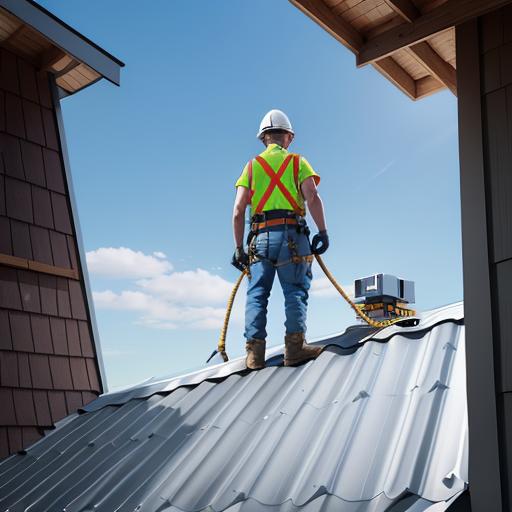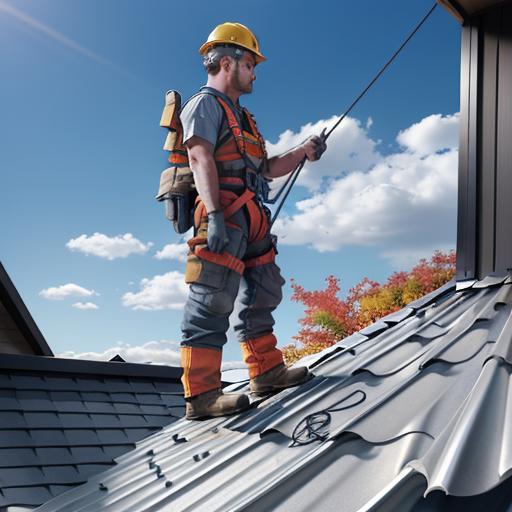Strategic Fall Protection
Posted by Howie Scarboro - CEO Fall Protection Distributors, LLC on Nov 29th 2023
Adhering to OSHA Standards on Height Requirements
Compliance with OSHA standards is a foundational element in ensuring workplace safety. Industry-specific fall-protection height requirements are paramount, whether in general industry workplaces or construction sites. Guardrails and toe-boards become essential installations at elevations ranging from 4-30 feet. This section emphasizes the importance of understanding and implementing OSHA guidelines to effectively mitigate risks.
Beyond Aesthetics – Ensuring Functionality and Longevity
Unlike in the past, fall-protection products no longer carry mandatory expiration dates. Post-fall inspections play a vital role, necessitating the prompt removal of any equipment exposed to a fall. Adherence to manufacturer instructions and regular inspections by trained personnel are crucial for ongoing evaluations. The removal of the five-year expiration rule underscores the importance of continuous assessments rather than relying on a fixed timeframe. Inspection training is crucial to ensure compliance with all OSHA and ANSI guidelines.

Tailored Harness Selection for Diverse Work Environments
Selecting the right fall-protection harness is a multifaceted decision influenced by job tasks, work environments, and shared usage. Harnesses are application-driven, with specialty options for diverse sectors like wind energy, tower climbing, and oil and gas. Universal sizing and additional options like D-ring configurations ensure a comprehensive fit for every worker. This section emphasizes the need for a customized approach based on the specifics of the workplace. Taking the time to try on various styles is helpful in determining the best option as many may look alike, but they perform very differently during a fall arrest.
Matching Lanyard Connectors to Applications
Similar to harnesses, selecting the appropriate lanyard connector depends on the application and work environment. The choice between a self-retracting lanyard (SRL) for lower heights and energy-absorbing lanyards or SRLs for greater heights is crucial. Considerations such as mobility requirements and environmental conditions dictate whether to opt for web-style or cable-style lanyards, emphasizing the need for a tailored approach.

Balancing Cost and Compliance in Fall Protection
While the price range for full-body harnesses varies widely, prioritizing compliance with federal and state standards is essential. OSHA and ANSI standards establish performance benchmarks, and any violation can result in substantial fines. Safety managers should prioritize meeting regulatory requirements over cost considerations to ensure the effectiveness of fall protection measures. This section underscores the importance of finding a balance between cost-effectiveness and regulatory adherence. Buying the best equipment you can afford is the generally accepted strategy to save costs in the long run.
Conclusion:
Choosing the right fall protection involves a meticulous evaluation of applications, environments, and individual worker needs. As one of the most-cited OSHA violations, addressing these considerations is imperative for workplace safety. Safety managers and employees must collaborate to identify the specific requirements, ensuring the selection of appropriate fall protection equipment. By adhering to standards, conducting regular inspections, and embracing a proactive approach, organizations can effectively safeguard their workforce and enhance overall workplace safety.
#WorkplaceSafety #FallProtection #OSHAGuidelines #HarnessSelection #LanyardConnectors #ComplianceStandards #HeightRequirements #SafetyManagement #WorkEnvironment #TailoredApproach #Guardrails #ToeBoards #FunctionalityEvaluation #CostConsiderations #SafetyCompliance #WorkforceSafeguard #ContinuousAssessment #FallProtectionEquipment #SafetyManagers #IndustryStandards

